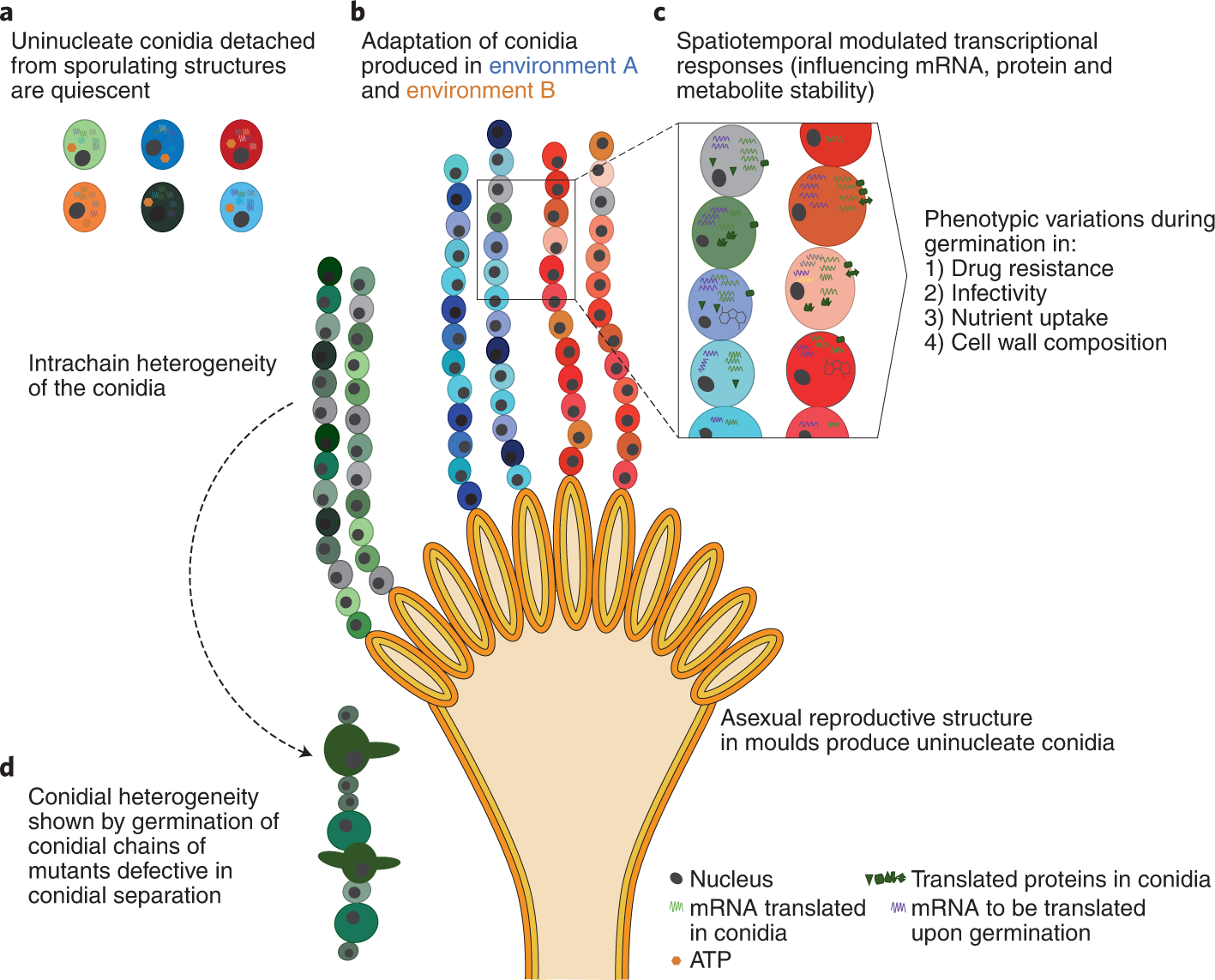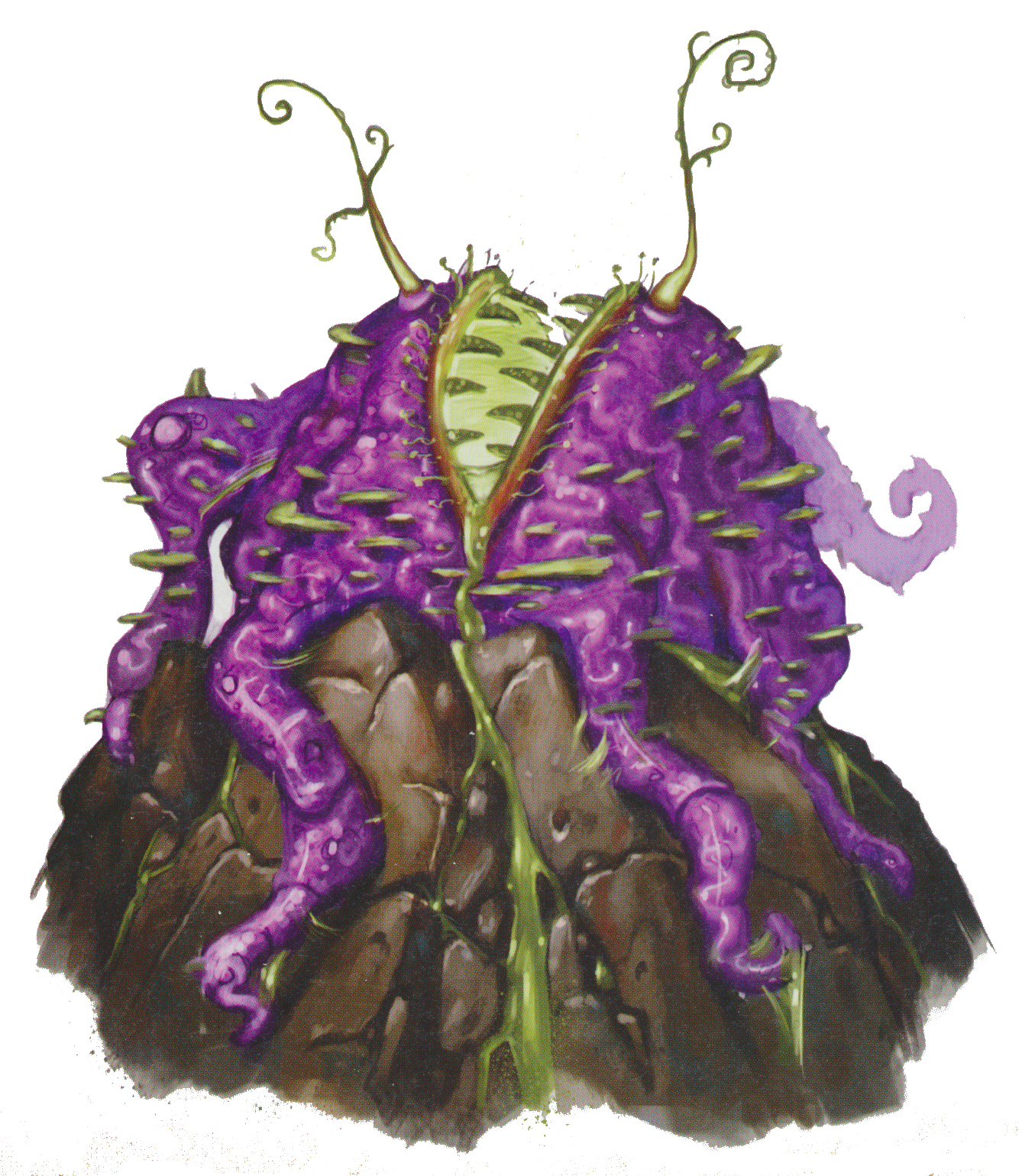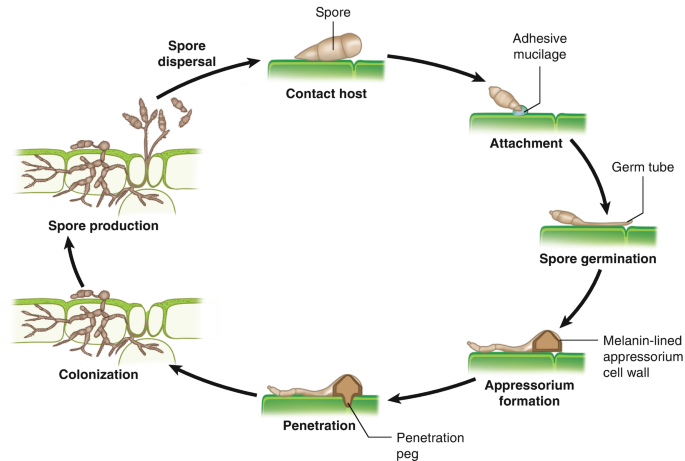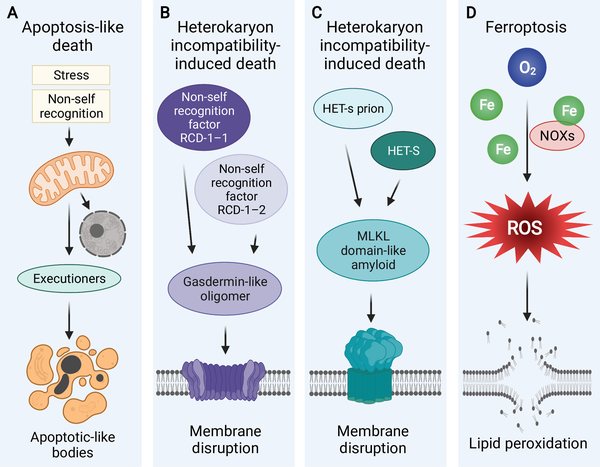Fungi are some of the most resilient organisms on Earth, and at the heart of their survival strategy lies an incredibly effective natural defense mechanism—the “armor” of fungal spores. This term refers to the tough outer layer that protects fungal spores, enabling them to survive extreme conditions, disperse over vast distances, and even endure periods of dormancy until the right environmental conditions trigger growth. In this article, we’ll explore the importance of this armor, how it works, and why it’s vital for both the fungus and the ecosystem at large.

What Is the Armor of Fungal Spores?
The “armor” of fungal spores is essentially the spore’s outer protective shell, scientifically known as the spore coat. This shell is typically made up of complex carbohydrates and proteins, which form a rigid structure that shields the spore from environmental stresses such as desiccation, UV radiation, and chemical damage. Without this protective armor, fungal spores would be far less capable of surviving harsh environments and would not be able to spread as effectively.
Fungal spores are typically microscopic and capable of traveling through air, water, or even the soil. Their armor allows them to resist unfavorable conditions, including extremes of temperature, humidity, and light. This ensures that fungi can maintain their life cycle over time, waiting for the right conditions to germinate and grow.
Why Is the Armor of Fungal Spores So Important?
1. Protection Against Harsh Environments:

The armor is essential for the survival of fungal spores in various extreme environments. For instance, in deserts or other dry areas, spores can remain dormant for long periods. The thick outer coating prevents water loss, thus ensuring the spore remains viable until conditions become favorable again.
2. Resilience Against Pathogens:
Fungal spores are also exposed to a wide range of pathogens, including bacteria and other fungi. The outer layer of the spore acts as a barrier against these threats, protecting the genetic material inside and ensuring that the spore remains viable for future growth.
3. Dispersal Mechanism:
The armor of fungal spores is not just about survival, but also about dispersal. When environmental conditions, such as wind or water, are right, these spores can be released and travel over great distances. The tough exterior allows them to endure long travels without losing their integrity, ensuring they reach a new substrate where they can germinate and form new fungal colonies.

How Does the Armor of Fungal Spores Work?
The structure of the spore coat is made of several layers, each contributing to its protective qualities. The outermost layer is typically composed of hydrophobic (water-repelling) substances, which prevent water from entering the spore. Beneath this, there are layers that can include proteins and polysaccharides, which provide strength and flexibility, allowing the spore to withstand physical damage.
Some fungal species even produce specialized structures, such as spines or ridges, on the surface of their spores. These structures may help the spores cling to surfaces or improve their dispersal through air currents, further enhancing their survival and spread.
The Role of Fungal Spores in the Ecosystem
Fungal spores play a critical role in ecosystems by facilitating nutrient cycling and decomposition. Fungi decompose organic matter, breaking it down into simpler forms that can be absorbed by plants. This process is essential for maintaining healthy soil and supporting plant growth. Without the armor of fungal spores, these critical organisms would not be able to spread efficiently, disrupting ecosystems that depend on their ability to recycle nutrients.

Additionally, the ability of fungal spores to survive in diverse environments means they can colonize new areas quickly, helping fungi establish themselves in different ecological niches. This adaptability is a key reason why fungi are such a successful group of organisms, thriving in forests, grasslands, and even urban environments.
Why Should We Care About the Armor of Fungal Spores?
Understanding the armor of fungal spores goes beyond just appreciating a remarkable feature of nature. It can also inform several practical fields, such as agriculture and medicine. For instance, researchers can study the protective mechanisms of fungal spores to develop better agricultural practices. By understanding how fungi survive and propagate, scientists can create more effective methods for controlling harmful fungal diseases in crops.
In the medical field, fungal spores are responsible for a range of infections in humans, especially in individuals with weakened immune systems. Knowing how these spores are protected can help in designing treatments that disrupt the spore’s armor, making it more vulnerable to antifungal drugs.
Conclusion: The Marvel of Fungal Resilience

The armor of fungal spores is a testament to nature’s ingenuity in crafting survival strategies that have stood the test of time. These microscopic structures are not just survival mechanisms; they are the key to the spread, resilience, and ecological impact of fungi. By delving deeper into the science of fungal spore armor, we gain insight into the delicate balance of ecosystems and how fungi continue to shape our world. Whether you are a scientist, an ecologist, or simply a nature enthusiast, understanding the function and significance of fungal spore armor opens a window into the fascinating resilience of life in all its forms.
















